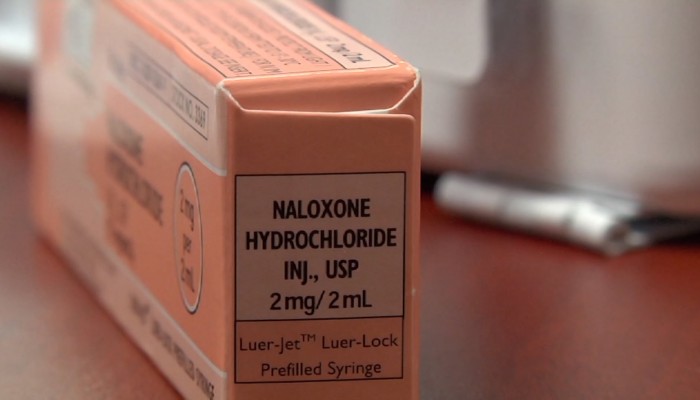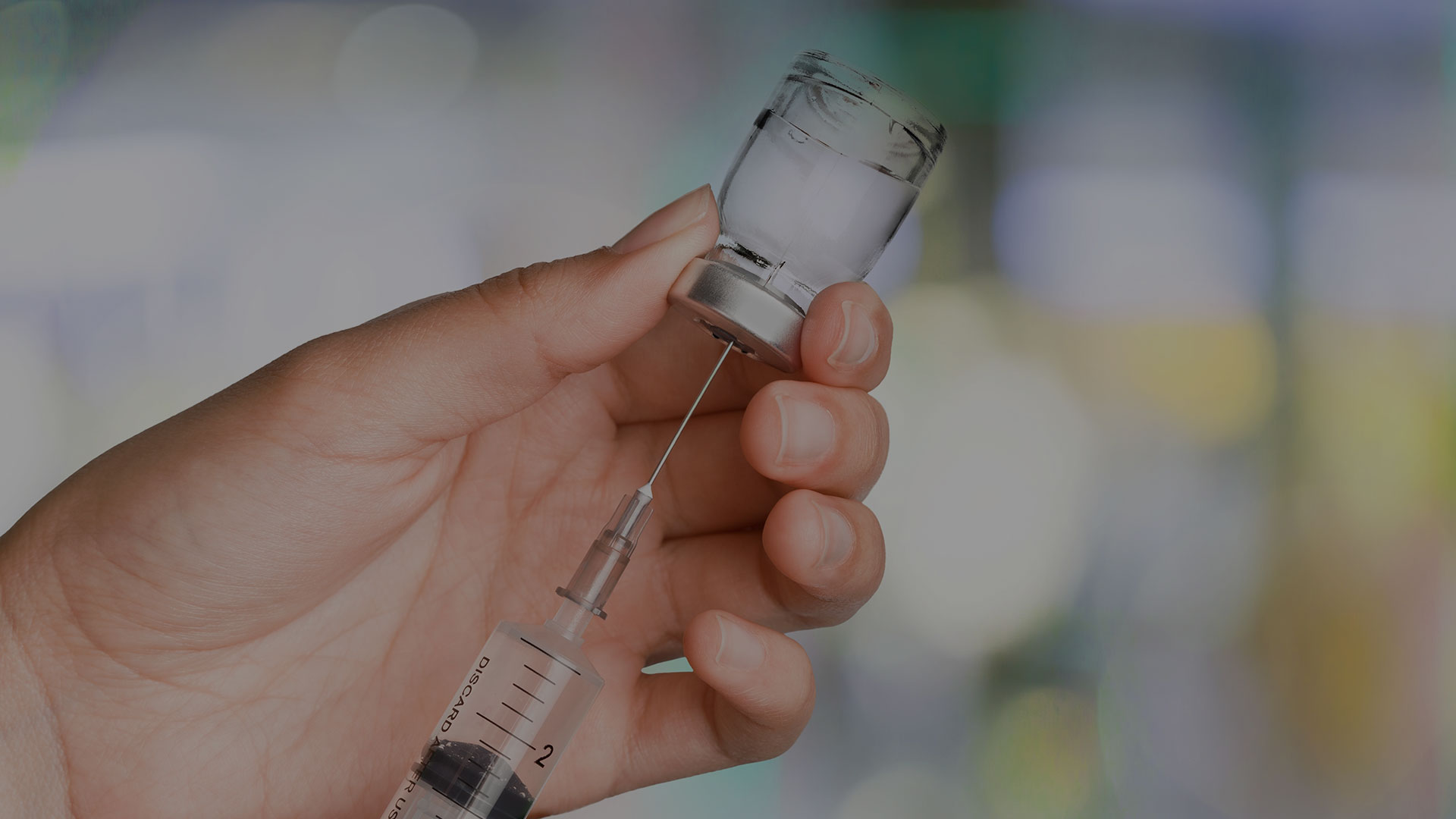14 May Rise in Narcan Use
Table of Content

Rise in Narcan Use Among EMTs & Now Over-The-Counter
Last summer, nearly 200 policymakers, medical professionals, substance abuse treatment providers, law officials, and educators gathered at a summit held in Atlanta to discuss the rise of heroin abuse and drug-related deaths in the state of Georgia. Both the spikes in drug trafficking and drug use, primarily in Atlanta and its surrounding areas, is of high-level concern, one so significant that it’s now considered a state of emergency.
Recent statistics show a startling discovery: prescription opioid overdose deaths have surpassed motor vehicle accidents as the leading cause of injury deaths in the U.S. Though this information may shock many, to others it was decades in the making.
U.S. Attorney and Summit attendee John Horn said of the epidemic, “For some areas of the country, heroin abuse is the single largest public health issue, and these startling trends have unfortunately come to Georgia.”
Remarks from Vernon Keenan, the director of the Georgia Bureau of Investigation indicated an acknowledgment of the rising trend of heroin deaths in Georgia over the past few years. He commented that it’s not only the low-income residents of the state that are being affected.
He said, “Today heroin users come from all backgrounds including the affluent and well-educated. People who have become addicted to painkillers are finding heroin is easily accessible and inexpensive.”
This new information has shifted the way society can view drug abuse and addiction in America. A topic of concern that affected a relatively small population is now all too real for many people with no previous drug abuse history.
Due to this rising epidemic, Narcan has become a household name as an “antidote” to drug overdose, but can it be relied on as a definite solution to this increasingly dangerous problem?
What is Narcan?
 Narcan, also known as naloxone, is an antidote to opioids such as heroin, morphine, codeine, methadone and Vicodin. If a person suspects an overdose to a person’s slowed breathing or an inability to wake them, Narcan reverses the overdose by blocking the effects of opioids.
Narcan, also known as naloxone, is an antidote to opioids such as heroin, morphine, codeine, methadone and Vicodin. If a person suspects an overdose to a person’s slowed breathing or an inability to wake them, Narcan reverses the overdose by blocking the effects of opioids.
After Narcan is administered by injection into the muscle of the arm, thigh or butt, a person who has overdosed should be able to return to normal breathing. Although not as common, Narcan can also be administered through the nose as a nasal spray.
Time is of the essence when it comes to administering the drug. It must be given immediately following an overdose as any time there is a lack of oxygen to the brain, brain damage can occur. Narcan knocks out the opiate receptors to the brain allowing extra time for emergency help to arrive.
Generally speaking, Narcan takes about 5 minutes to work and repeat doses might be called for if the person who’s overdosed still shows no signs of consciousness. After approximately a half hour, Narcan begins to wear off and is mostly out of the system after 90 minutes. Although it’s meant to be used as an antidote, it’s still necessary to call for medical help and keep a close eye the person who has overdosed.
Narcan Accessible on a Public Level
Physicians or other trained individuals have long been the only ones who can administer Narcan. It’s not readily available to the public in every state. Currently, the main provider of Narcan is at the Chicago Recovery Alliance in Illinois, but a rising number of programs are being introduced across the country.
Prescriptions aren’t necessary for Narcan. It’s now being sold over-the-counter at drugstores such as Walgreens and CVS in select states for approximately $50 each. This accessibility comes with approval from many people in the medical community according to Live Science.
A Brown University associate professor calls naloxone an “absolutely life-saving, essential medicine” comparing its use to those who carry EpiPens for allergies in case of an emergency. The biggest stress from doctors is to ensure that people are properly trained in how to administer it.
However, not everyone has jumped on board quite so quickly with its over-the-counter availability. When the FDA heard testimony back in 2012 in a debate about the use of and access to naloxone, one person on the five-person panel opposed making it more widely available. University of Massachusetts Medical School professor of emergency medicine, Dr. Edward Boyer, stated that making the drug available without a prescription could contribute to the mortality rate. His thoughts were zeroed in on the assumption that while the drug reverses heroin overdoses, it doesn’t last long enough if the person isn’t taken to the hospital.
A solution to this problem might seem to simply encourage seeking medical assistance even after administering Narcan. In the case of one naloxone-distribution program, Boston University assistant professor of medicine, Dr. Alex Walley showed findings from a study in Massachusetts which resulted in a 50 percent reduction rate in overdose deaths compared to cities who didn’t have such programs. Data has shown that making Narcan available to the public is a positive move towards combating the number of overdose death occurring in the country annually, albeit not one that should be considered lightly.
EMTs and Narcan
With the rise in number of heroin overdoses across the country, especially Georgia, first responders have become all too familiar with a problem that has plagued people for decades.
EMTs are no strangers to using Narcan and have been trained to respond to emergency situations. They are equipped to handle matters such as overdoses in a quick and efficient way. They know the signs to look for with regards to stability and will transport the person who has experienced an overdose to a hospital for any necessary follow-up care.
Anyone purchasing Narcan at the drugstore lacks the skills and training that EMTs possess when dealing with that sort of situation. One of the questions posed to EMTs about the use of Narcan is if it’s the right kind of treatment for all heroin abusers they attend to in emergency calls.
When it comes to heroin overdose, symptoms vary and in some cases, CPR may be the medical answer, not necessarily Narcan.
This is interesting to point out because with the antidote becoming more common on drugstore shelves, without proper training, a person who buys and administers it in an overdose situation may not be fully prepared to deal with this type of emergency. They might not have the right assessment or decision-making capabilities to know the right answer in the short amount of time necessary to revive someone who’s not breathing or unconscious.

Narcan: Life Saver or Missed Opportunity?
Narcan is being celebrated with little backlash from the medical community, but upon further examining its use for the general public, it pulls back the curtain of a deep-rooted issue that remains: heroin addiction. Although Narcan has saved many lives of people who have overdosed, it does nothing to prevent a similar type of situation from occurring again.
A drug overdose is a traumatic event, but if being saved comes down to a single administration of Narcan and not so much as an overnight hospital stay, addicts may have little reason to change their drug habits. Narcan may let them tell the story of a “close call” or shake them up for a few days before the cravings come back strong.
One story from NBC News recognized a repeat pattern of addicts overdosing, being saved, and then going back to their habit only to overdose again. There seemed to be a stop or gap in the process for helping addicts not only survive, but turn their lives around for the better, drug-free.
Here lies an opportunity for professionals to step in and be the bridge to treatment after an overdose. In the mid-1990s, a program, dubbed Project Assert began that screened people who had become return visitors to the ER due to substance abuse. The goal of the program was to attend to them during these hospital admissions to encourage treatment.
With this initiative came the work of advocates, many recovering addicts themselves, who began to conduct brief one-on-ones with patients before they were discharged from the hospital. The program grew from approximately 3,000 patients in the first year who were screened to more than 5,000 on a year-to-year basis.
Nearly half of those who were part of the project requested placement in a detox center with approximately 60 percent of those eventually becoming placed in a treatment facility. At the time, lack of options and intensity of the disease kept this percentage lower.
Over the years, as Project Assert’s model was updated based on research and experience, it evolved into Screening, Brief Intervention, and Referral to Treatment; otherwise known as SBIRT. Several healthcare organizations nationwide have adopted this call for treatment method.
These types of staged interventions bridge the gap between overdose and hospitalization and immediate release back into society to possibly face the same situation again. It’s a positive reinforcement for addicts who may need or want help but have not actively pursued it before. It offers an opportunity to make a life-changing decision after a near death situation.
Side Effects of Narcan
While Narcan is a relatively safe drug, like any medication, there are side effects and those who administer it should proceed with caution. Common side effects include dizziness, weakness, chills, nausea, fever, diarrhea, sneezing, or shortness of breath.
As with any drug, it’s important to note the additional risks if you are pregnant or are planning to become pregnant. Certain medical conditions, such as heart disease, and certain allergies may cause an adverse reaction when taking Narcan. These all reflect only some of the side effects reported, and there are ones which may not have been listed by the FDA as of yet.
Additionally, for addicts who have been administered Narcan, they may immediately feel drug withdrawal symptoms after Narcan has done its job. These severe symptoms can range from fever and diarrhea to tremors and vomiting. While Narcan is an antidote, it is still a drug and should be used with care.
Seeking Professional Help
Why the rise in Narcan use? Simply put, because people are overdosing at a more rapid rate, the need for an antidote is imperative. It’s not a reliable solution to this epidemic, and the topic of addiction is one that should be seriously discussed. After all, Narcan can save someone’s life in the moment of an overdose, but what if that person goes back to using again?
Detox, treatment, and rehabilitation are what will help an addict in the long run. Being sober is the only way to truly avoid an overdose situation. Addiction is not easy to overcome, and it doesn’t happen in a single “dose.” Recovering from drug abuse is achievable. Support is available.
Just as heroin addiction can happen to anyone, from the poverty-stricken neighborhood of The Bluff to the affluent areas of North Fulton County suburbs, anyone can seek treatment. The options vary from person to person depending on individual needs. No one recovery story is the same and treatment doesn’t have to be either.
If you or someone you know has an opioid addiction, contact Georgia Drug Detox. We are passionate and determined in our mission to help those in need turn their lives around and give them hope for a new beginning.
Sources:
Adams, Jerome. “Increasing Naloxone Awareness and Use” Jama Network. 7 Aug. 2018. 4 March 2019. https://jamanetwork.com/journals/jama/article-abstract/2678206
“What is Narcan?” Pyramid Healthcare. 4 Sep 2018. 4 March 2019. https://www.pyramidhealthcarepa.com/what-is-narcan/
“Opioid Overdose Reversal with Naloxone (Narcan, Evzio)” NIDA. 8 April 2018. 4 March 2019. https://www.drugabuse.gov/related-topics/opioid-overdose-reversal-naloxone-narcan-evzio






No Comments